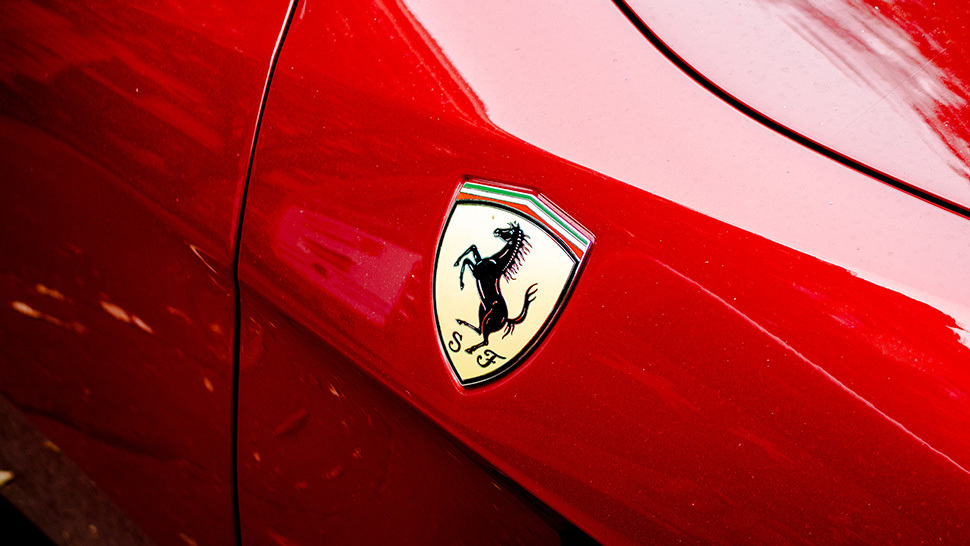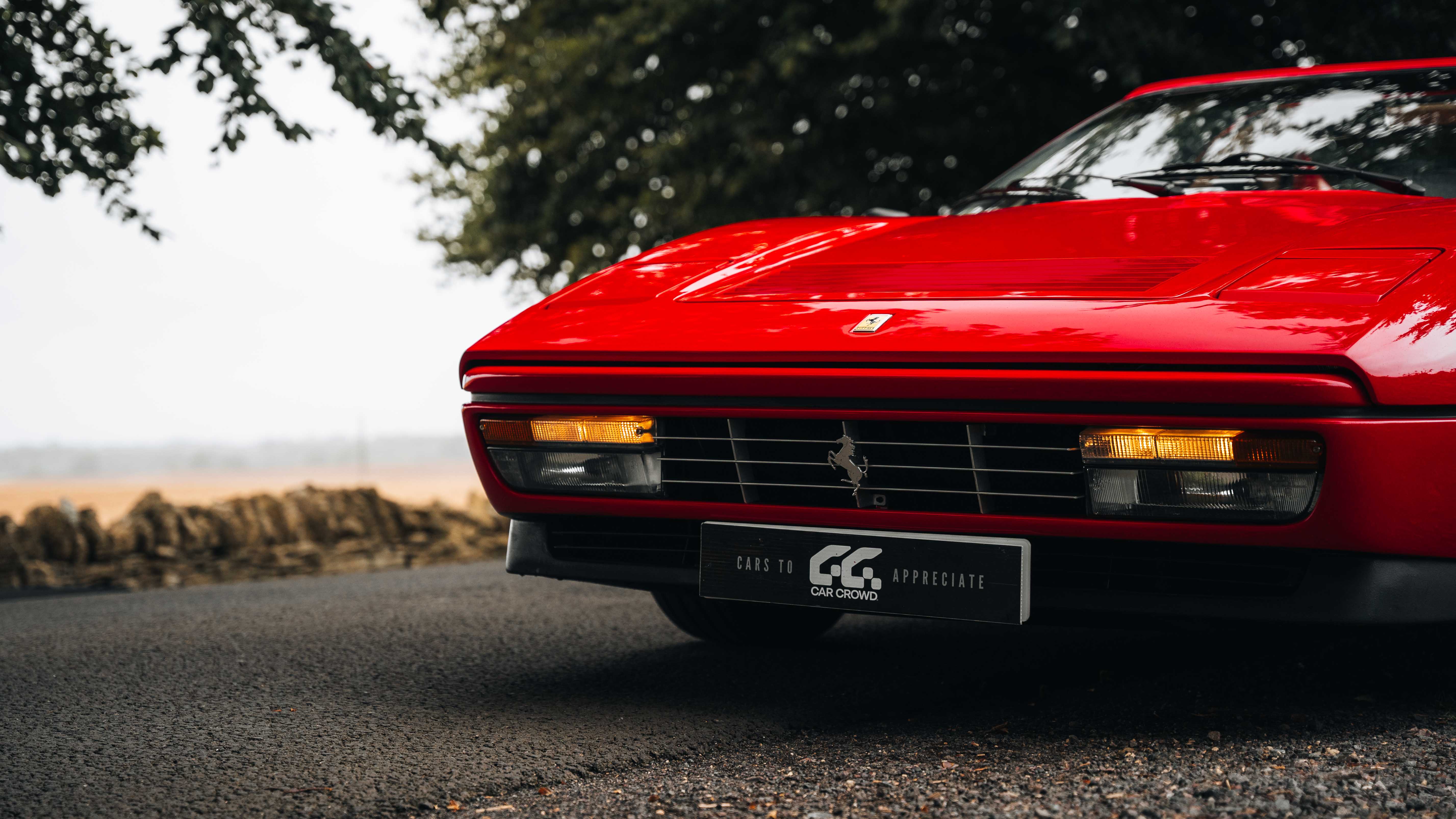Classic Car Investment Strategies for Long-Term Value
Why Classic Car Investment Strategies Go Beyond the Auction Hammer
Classic automobiles are more than just relics of a bygone era - they're engineering marvels, have historical significance and are financial assets with serious upside. At aShareX, we've seen firsthand how rare models can outperform even blue-chip stocks. But unlike traditional assets, owning a collector car is an alternative investment that comes with unique responsibilities. Once you've won the bid or claimed your fraction, the real work begins: safeguarding your investment for the long haul.
This article dives into the specialized world of classic car investment strategies, focusing on post-acquisition care - from professional maintenance protocols to the nuances of agreed-value insurance. Whether you’re the sole owner of a 1960s Ferrari or part of a fractional fund backing a Shelby Cobra, the principles of protection remain the same.
Maintaining the Machine: Care Beyond the Cosmetic
Regular Servicing: The Cost of Neglect
Unlike daily drivers, classic cars require meticulous care from mechanics familiar with vintage systems. Neglecting scheduled maintenance isn't just risky—it can slash resale value and alienate potential buyers.
• Use marque-specific specialists for makes like Aston Martin, Porsche, or Alfa Romeo
• Maintain a detailed service log, including receipts and restoration work
• Stick to mileage-based and time-based maintenance, even if the car isn’t regularly driven
Consider the case of a 1967 Jaguar E-Type restored and maintained by a marque specialist. Its auction value jumped from $90,000 to over $140,000, largely due to pristine condition and complete service records. A well-maintained car not only retains more value but also provides documented reassurance to future buyers.
The Parts Predicament
Originality is a cornerstone of value. But sourcing authentic parts for classic models is no easy feat.
• Join owners’ clubs or model-specific forums for vetted advice
• Partner with restoration workshops that offer custom fabrication
• When using non-OEM parts, document changes transparently to preserve investment integrity
The market for original parts is competitive. One example: an original 1960s Ferrari 250 GT steering wheel can command over $10,000 on the secondary market. Skimping on sourcing can cost you later, especially at resale or during appraisal.
Detailing as Preservation
Professional detailing isn't vanity - it’s preservation. Dust, UV rays, and oxidisation can subtly but steadily degrade both interior and exterior materials.
• Opt for non-abrasive cleaning agents and pH-neutral shampoos
• Use ceramic coatings to protect paint on high-value models
• Store leather interiors with conditioners that prevent cracking
Investing $1,000 annually in high-end detailing can yield multiples of that in preserved value, especially in competitive auction environments.
Garage Goals: Where and How You Store Your Asset Matters
Storage is not an afterthought - it’s an investment in value retention.
• Climate-controlled environments reduce risk of rust, mold, and corrosion
• Tire cradles and battery maintainers are inexpensive tools with major ROI
• Consider professional storage facilities for higher-end vehicles or fractional assets
Take for example the difference in resale value between two identical 1971 Mustangs - one stored in a barn, the other in a climate-controlled facility. The latter fetched nearly 40% more at auction.
Insure It Like You Mean It: Agreed-Value and Other Bespoke Coverage
Standard auto insurance doesn’t cut it for a multi-million-dollar Lamborghini Miura. That’s where agreed-value policies come in.
What Is Agreed-Value Insurance?
Rather than depreciating over time like standard policies, agreed-value insurance locks in a mutually agreed-upon payout with the insurer, based on expert appraisals.
Benefits include:
• Full payout in case of total loss
• No depreciation arguments post-claim
• Customisation to reflect restoration and provenance
Some insurers also offer value appreciation riders that adjust policy limits based on market trends - a savvy move for appreciating models.
Riders and Add-Ons Worth Considering
• Spare parts coverage: especially if you hold a rare engine or gearbox in storage
• Transport insurance: essential for auction travel or concours events
• Event liability: if showing the vehicle publicly
One high-profile incident at a Concours d’Elegance in Pebble Beach highlighted the importance of event coverage - an uninsured classic was scratched during loading, resulting in a six-figure repair.
Documentation: The Unsung Hero of Automotive Value
Provenance sells. If you’re not tracking your car’s paper trail, you’re losing potential value.
• Keep original manuals, purchase records, service logs, and photographs
• Create a digital archive that future buyers can access
• Include provenance highlights like celebrity ownership or concours awards
Cars once owned by Steve McQueen, Paul Newman, or even minor celebrities frequently command premiums of 20% or more, primarily due to documented provenance and regular maintenance.
Passion Meets Precision: The Role of Fractional Investors
In the fractional model, the stakes are no less high. Just because you’re not parking it in your own garage doesn’t mean you can overlook care.
• Ensure your platform includes third-party appraisals
• Validate that maintenance, storage, and insurance align with top-tier standards
• Request quarterly reporting on asset condition and event participation
Some fractional investors receive detailed monthly updates, including photography, servicing logs, and market value reassessments—a new standard in transparent asset stewardship.
Classic Car Investment Checklist
Here’s a quick-reference list to protect your automotive asset:

Wrapping It Up: Why Management Is Part of the ROI Equation
Classic car investing isn’t about flipping fast. It’s about stewardship - caring for a piece of motoring history with the same diligence you’d give a piece of fine art or vintage wine.
From high-end detailing to specialized insurance, every choice you make post-purchase impacts long-term value. Investors who treat their vehicles as both cultural artifacts and financial assets often see the best returns.
Want to learn more about the asset class? Read our Guide to Classic Automobiles as an Alternative Investment.









Leave a Comment